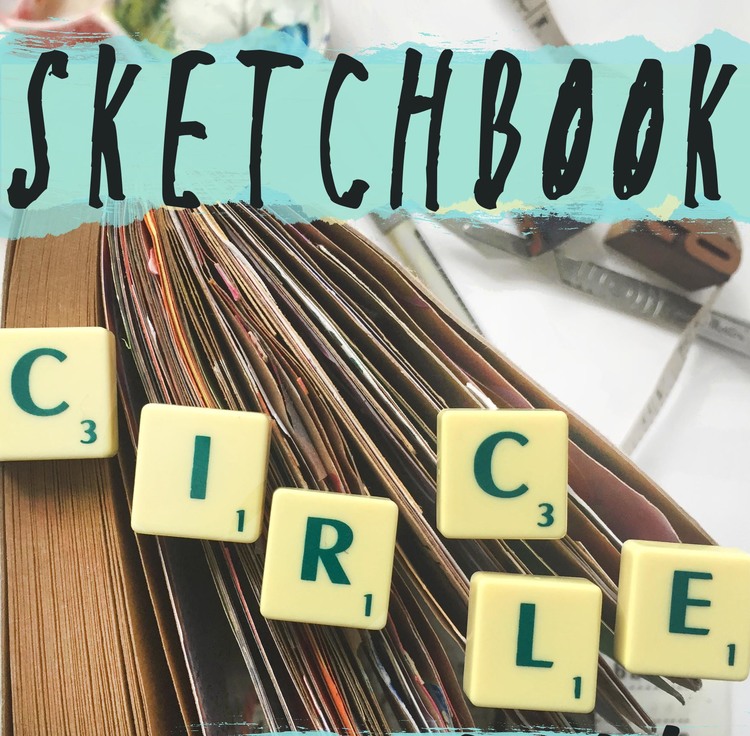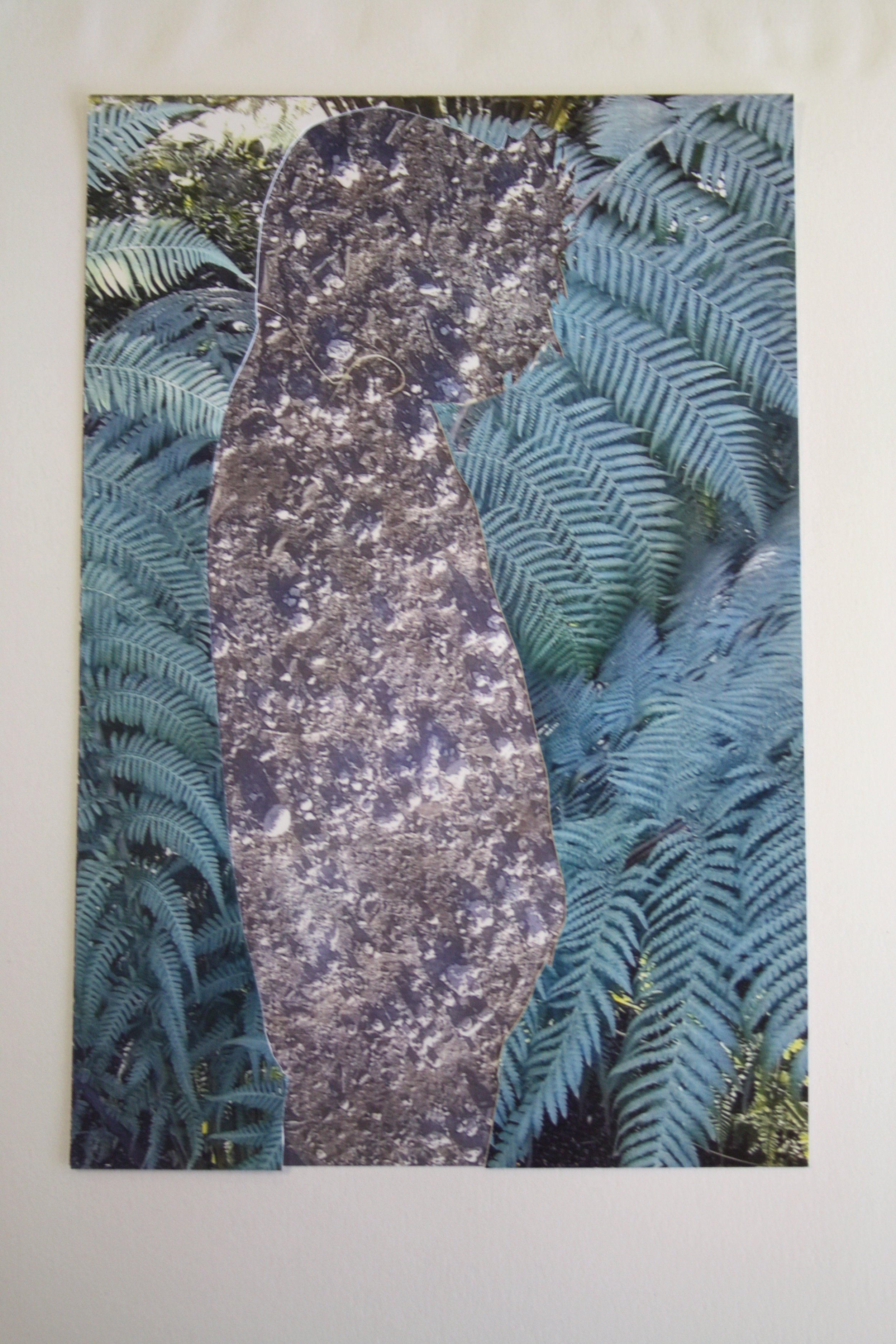Tell us about yourself.
I’m a secondary school art teacher and I live and work in Dublin, Ireland with my partner and 3 cats! I began my career in art as an exhibiting artist for a couple of years after I completed a degree in Fine Art Sculpture. When I undertook a PGCE in 2000 to train as a teacher, I had presumed that teaching would support my career as a practitioner by giving me a sense of financial security. But instead the demands of teaching took over and I slowly lost my engagement with my personal and professional practice. As my identity as an artist took a back seat - so much so that I would consider myself as an arts educator as opposed to an artist teacher – I mourned its loss. Over the years I tried to re-engage with my own art-making but struggled to keep momentum or develop ideas. I completed a master’s in Visual Arts Education in 2014 but as nothing like the Artist Teacher Scheme exists in Ireland there was no hands-on, making aspect for me to get my teeth into. Instead it was purely theoretical and although I really enjoyed researching and writing I still was looking for something to help me start working as a practitioner again. That’s why finding Sketchbook Circle has had such an impact for me. Discovering this initiative has given me a structure to start making and thinking in a valid way once more.
How did you get involved in Sketchbook Circle?
In the course of my research for my master’s degree I discovered NSEAD. A notice about Sketchbook Circle was on one of their newsletters so I contacted Elinor to find out more. As I was based in Ireland, I wasn’t sure if I’d be able to join but luckily I was so I signed up for the 2016 circle. I really didn’t know what to expect as I had never worked in this way before. Starting was difficult as I hadn’t made any work in so long. I also found not having a theme or starting point difficult so the Facebook page was a great support in starting off. I got inspired looking through the images of other’s books and it was great to ask for advice from others in the circle and also see that I wasn’t alone in feeling anxiety about starting off.
Sending my initial few pages off to a stranger frightened the life out of me as I really didn’t feel any confidence about what I was doing. But I needn’t have been worried as I can honestly say that last year’s circle has been the most valuable artistic experience that I have had since college! One of my swaps didn’t work out unfortunately but I had an amazing journey with my main partner Carola Chambers. She was really supportive and positive to the work I was sending her. After an initial visual introduction we started to develop a visual conversation and an interesting and relevant body of work began to emerge. By the time we were working on the second book, I was making work that I was proud of again and the ideas were flowing. I’m so happy to be making and doing again and realise that regular making is more important than what I make.
My engagement with sketchbook circle has also been influencing my classroom practice. I feel that a consequence of becoming re-engaged with my own practice has been the re-invigoration of my teaching and this has been reflected in my schemes. Coincidently the art curricula here in Ireland are currently in a state of flux. Assessment changes are in the process of being implemented in senior cycle art and there will be curriculum changes to the junior cycle art programme next year. For the first time in the history of Irish secondary school art education sketchbooks are now going to be an integral part of the assessment process. The current 5th year cohort of students will be the first group to participate in these changes. I felt that a classroom Sketchbook Circle would be a great fit for my 5th years and would be a great way to get them used to working in a sketchbook and developing a regular practice. It also has the benefit of making the students more confident about showing and talking about their own work, something there wasn’t enough of. My students love the circle (done as a weekly swap) as it has given them ownership over their work and has been a great tool for peer teaching.
Can you describe your work?
I have always been inspired by the figure and this continues to be a dominant theme in my work. My early work before I became a teacher was installation based and often time-based and site-specific. My central concern was around representing memory and a visual record of everyday relational interactions. The work I have been making recently, as a result of the circle, has resulted in my work developing in a new direction. Through the visual conversation I was having with Carola, new ideas and starting points started to develop and astronomy emerged as a central theme. At the end of our partnership I felt that the work was only just beginning and I have been continuing to work on some of the themes that have emerged out of the books. I feel that this is initial research that has the potential to lead to a larger body of work. Drawing has always been and continues to be central to my practice and is the backbone of what I do. Working in the sketchbook format has meant that I have worked primarily with 2D mediums recently and I see this as a main departure for me due to my background in Sculpture. I have been experimenting with paint and playing with collâgé. I have been exploring print – in particular drypoint etching – as this has felt like a natural progression from drawing. As a result of ideas conceived in the sketchbook I decided to hire studio space in a print studio and spent a day working on printing in a larger format. It was so enjoyable to be back in a professional studio environment – if even only for one day – and make work. Interestingly, some of the themes from my earlier work have been creeping their way into my current work and they seem to be finding homes in my new working practices.
What inspires you?
Everything and anything! As I’ve already mentioned the figure remains a major inspiration. I have always had a fascination with empty/abandoned spaces and I’ve always been captivated by shadows. Over the last number of years I’ve developed an interest – at an extremely amateur level - in astronomy and my reading around this topic has started to inform my current work.
Tell us about the space you use to make art.
I generally make work either in my classroom in school or at home on the dining room table, it all depends on what time I have to hand. I love working in my classroom because of the space, access to materials and tools such as a small printing press. I like to work after the school day when everyone’s gone home and I’ll be undisturbed. If I’m working at home I usually take over the dining room table for a couple of hours. I’d love to have a studio space in my house that I could just leave everything out after a session and not have to tidy everything away while I’m in the middle of something.
When do you find time to make work?
Finding the time to make work is the biggest challenge in maintaining a regular practice. I seem to be regularly time-poor as a result of juggling teaching and personal commitments. However I think that’s one of the most important benefits of the Circle. It motivates you to find some time – no matter how small – on a monthly basis. Knowing someone’s waiting on the book is a brilliant motivator - deadlines have always been an important tool for me in making work. Some months I do very little and other months I may have more time and do more. Once I’m actually sitting down and doing, it spurs me on to find more time to do more, but unfortunately there’s never the amount of time available to me that I’d like to spend on my work.
What are you working on at the moment?
I’ve been developing some textile pieces that came out of ideas from my work with Carola. I had been playing with layering images which lead me to layering text using embroidery. This work conjured the motif of a veil and I’m currently researching the symbolism of the veil both historically and culturally. This is very much work in progress which I hope will grow into more formalised pieces. When I started my new 2017 swap, I initially thought that I would continue this work into the new swap, but in the end I felt that I couldn’t start a new swap that way and that it would be out of context. There’s a strange disruption about finishing a swap and starting a new one. This year I’m working with just one partner. We’ve been working on a book each and have decided to swap them every two months. I’m excited by what my new partnership with Petra Matthews Crow will bring and interested to see if the ideas that I had been working on will creep back in to this new book.
What art materials can you not live without?
I couldn’t be without fine-liner pens and always have them with me, I just love drawing with them!


